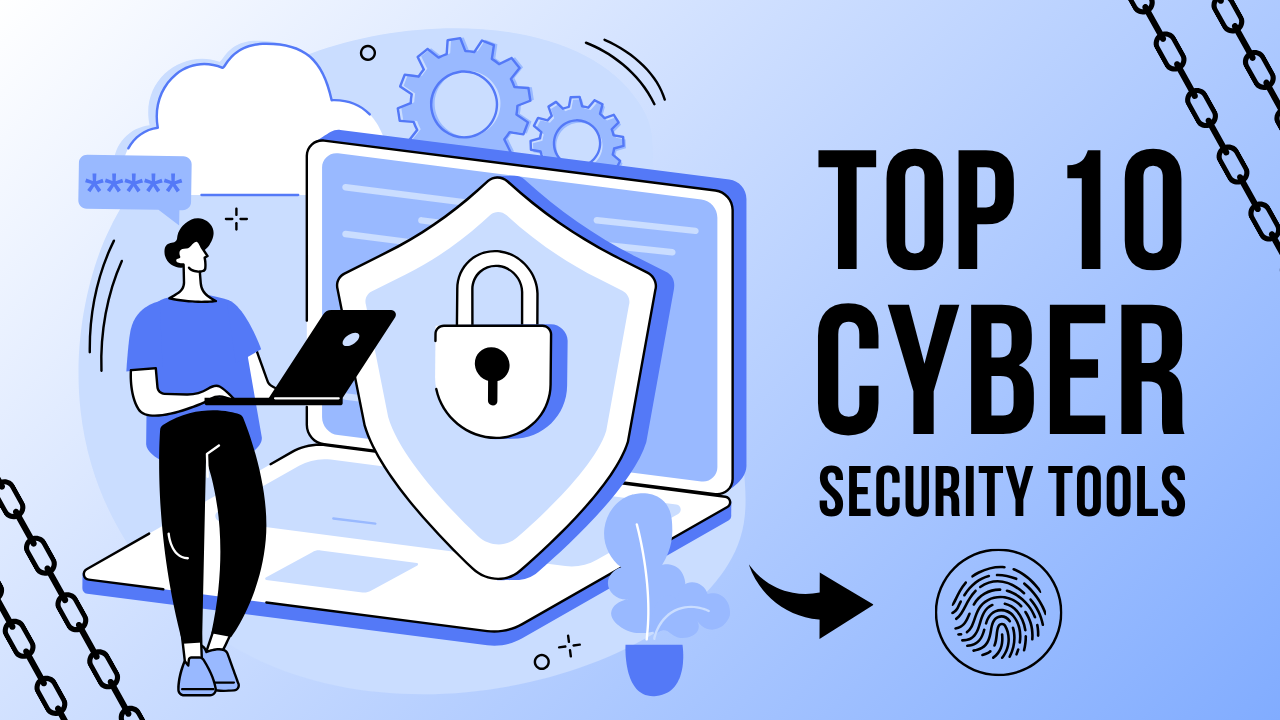In today’s competitive business environment, organizations are constantly looking for ways to increase revenue, improve efficiency, and expand their market share. While strategies like digital transformation, marketing campaigns, and operational optimization often dominate the discussion, there is one critical lever that many businesses underestimate: the growth of their people.
The truth is, companies don’t grow—people do. Businesses are made up of individuals whose skills, creativity, and commitment drive success. When you invest in developing your people, you create a ripple effect that translates into stronger performance, higher customer satisfaction, and sustainable growth.
This blog will explore why growing your business by growing your people is one of the most powerful strategies, how it impacts long-term success, and practical steps organizations can take to make people development a cornerstone of their growth strategy.
The Connection Between People Growth and Business Growth
It’s easy to think of business growth in terms of numbers: higher sales, increased profits, more customers, larger footprints. But behind those metrics lies a workforce that either enables or hinders those outcomes.
When employees grow in knowledge, skills, and mindset, they become more capable contributors to the organization’s goals. Conversely, when they stagnate, the business often stagnates with them. Here’s why people growth directly impacts business success:
- Increased Productivity
Employees who are continuously learning are better equipped to perform their jobs efficiently and find innovative ways to solve problems. A team that is empowered and skilled can deliver more with fewer resources. - Higher Retention Rates
One of the biggest expenses for businesses is employee turnover. According to Gallup, replacing an employee can cost up to two times their annual salary. People are more likely to stay in organizations that invest in their personal and professional development. - Enhanced Innovation
Growth-oriented people bring fresh ideas to the table. By cultivating curiosity, creativity, and a willingness to challenge the status quo, businesses can stay ahead of competitors. - Stronger Customer Experience
Happy, engaged, and skilled employees provide better service to customers. When your people are thriving, your customers feel it. - Leadership Pipeline
As your business grows, you need leaders at every level. Growing your people ensures you’re building a sustainable leadership pipeline, reducing the risks of leadership gaps in the future.
Shifting from Transactional to Transformational Leadership
To truly grow people, leaders need to shift from being purely transactional—focused only on tasks and results—to being transformational, where the goal is to inspire, coach, and develop others.
Transformational leaders:
- See potential in people, even before they see it in themselves.
- Provide mentorship and continuous feedback.
- Encourage risk-taking and learning from mistakes.
- Invest in training, resources, and opportunities for growth.
When leaders embody this mindset, the culture of the organization changes. Employees feel valued not only for what they produce but for who they are becoming. This, in turn, fuels loyalty and performance.
The ROI of Growing Your People
Many organizations hesitate to heavily invest in training and development because of cost concerns. However, numerous studies show that companies that prioritize people development outperform those that don’t.
- A LinkedIn Workplace Learning Report found that 94% of employees would stay longer at a company that invests in their career development.
- Research by Deloitte revealed that organizations with strong learning cultures are 92% more likely to develop novel products and processes, 52% more productive, and 56% more likely to be first to market.
The ROI goes beyond financial metrics—it’s about long-term sustainability. In a world where industries are disrupted overnight, the ability to learn and adapt is a company’s greatest asset.
Key Areas of People Growth
Growing your people isn’t just about offering occasional training sessions. It requires a holistic approach that addresses multiple dimensions of growth.
1. Professional Development
This includes technical training, upskilling, and continuous learning in one’s area of expertise. For example, a marketing professional might learn about AI-driven analytics, or a finance associate might deepen their knowledge of blockchain applications in accounting.
2. Personal Development
Growth isn’t limited to technical skills. Emotional intelligence, resilience, communication, and time management are equally critical. Businesses that encourage employees to develop personally see improvements in collaboration, leadership, and conflict resolution.
3. Career Pathing
Employees want to see a future for themselves within the company. By providing clear career paths, mentorship, and internal mobility opportunities, organizations can grow future leaders internally rather than constantly relying on external hires.
4. Leadership Development
Not everyone needs to be a CEO, but leadership skills—like decision-making, accountability, and influence—are valuable at every level. Encouraging leadership thinking across the organization creates empowered teams that don’t wait for permission to innovate.
5. Well-Being and Work-Life Balance
Burned-out employees can’t grow. Supporting mental, physical, and emotional well-being is part of people growth. Businesses that prioritize wellness see greater engagement, fewer sick days, and higher productivity.
How to Grow Your People: Practical Strategies
So how can organizations put this into action? Here are some proven strategies:
1. Invest in Training Programs
Offer both in-house and external training opportunities. Encourage employees to attend workshops, online courses, or even pursue higher education with financial assistance.
2. Foster a Coaching and Mentoring Culture
Pair less experienced employees with mentors. Encourage managers to act as coaches rather than just supervisors. Coaching helps individuals unlock their potential and aligns their growth with organizational goals.
3. Provide Stretch Opportunities
Give employees projects that push them outside their comfort zones. Stretch assignments challenge them to learn new skills while building confidence.
4. Encourage Cross-Functional Collaboration
Allow employees to work with different departments. This broadens their perspective and helps them understand how the entire business operates.
5. Leverage Technology for Learning
Use e-learning platforms, webinars, and AI-driven learning tools to make development accessible to everyone. Technology enables personalized learning paths based on employee needs.
6. Recognize and Reward Growth
Acknowledge when employees take initiative to learn something new or demonstrate personal development. Recognition motivates others to follow suit.
7. Create Psychological Safety
Employees must feel safe to experiment, make mistakes, and learn. A culture of fear stifles growth; a culture of trust accelerates it.
Case Studies: Companies That Grew by Growing Their People
- Google
Google is known for its commitment to employee development. With initiatives like “20% time” (where employees spend part of their week on personal projects) and continuous learning opportunities, Google fosters innovation. Many of their most successful products, including Gmail, came from employees pursuing their growth interests. - Southwest Airlines
Southwest invests heavily in creating a people-first culture. By empowering employees and treating them as the most important asset, the airline has built a reputation for outstanding service and customer loyalty. - Microsoft
Under Satya Nadella’s leadership, Microsoft shifted from a “know-it-all” culture to a “learn-it-all” culture. This cultural transformation, rooted in growth mindset, revitalized the company and fueled its comeback as a technology leader.
The Role of the Individual in Growth
While companies play a huge role, individuals must also take responsibility for their own growth. A culture of development thrives when employees are proactive about learning.
Employees should:
- Seek feedback regularly.
- Take initiative to learn new skills.
- Be open to mentorship.
- Embrace challenges and failures as growth opportunities.
- Align personal goals with organizational goals.
When both the organization and the individual share accountability for growth, the results are exponential.
Growing People in the Age of Remote and Hybrid Work
The rise of remote and hybrid work has changed the landscape of employee development. In this environment, businesses must:
- Provide virtual learning opportunities accessible anywhere.
- Strengthen communication channels to ensure remote employees feel connected.
- Use digital tools for collaboration, mentorship, and career development.
- Pay extra attention to employee well-being to avoid isolation and burnout.
Remote work, when supported properly, can actually enhance people growth by offering flexibility and access to global learning resources.
Building a Culture of Growth
Ultimately, the most successful organizations embed growth into their DNA. This doesn’t happen overnight—it requires consistent effort.
A growth culture includes:
- Leaders who model continuous learning.
- Systems that reward curiosity and experimentation.
- Resources dedicated to professional and personal development.
- A shared belief that when people grow, the business grows.
Conclusion: Your People Are Your Growth Strategy
Every business wants to scale. But scaling is not just about expanding operations or acquiring new customers—it’s about expanding human potential.
When you grow your people, you don’t just create better employees—you create better thinkers, better leaders, and better contributors to society. This growth inevitably translates into stronger business outcomes.
The most sustainable path to business growth is not through cutting costs, pushing harder, or squeezing more out of your people. It’s through investing in their growth, empowering them to thrive, and creating an environment where learning and development are part of the everyday experience.
Remember this: Your business grows at the speed of your people’s growth.









